
|
15th
Service Bn 1st
Salford Pals |
||
 |
|
Sgt James Clarke V.C.
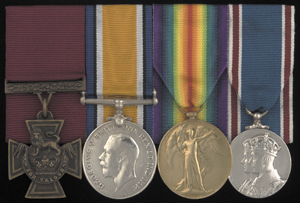 Sgt James Clarke V.C.
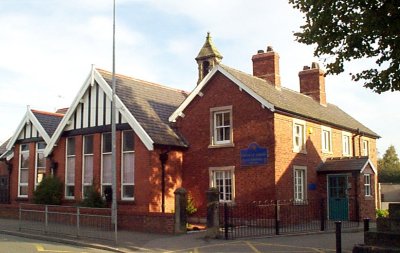
Jame's School St John's Over Winsford still open today
Terry McCully writes I had the pleasure of meeting his grandson last time I was in Rochdale, and he showed me a short story from the Victor comic, where they had a write up on the action. It is his father that is on RSM Clark's shoulders. What wasn't told in the story was that to get to London to pick up his medal he had to walk to London because he didn't have enough money for the fare. Also the medals were sold into a private collection because the family was somewhat destitite at the time. Some more from Terry I received the attached documents from Sgt Clarke's great grandson last time I was over in England |
|
My name is Yvonne Ryan. We
spoke the other day, about putting my relatives names on The Lancashire
Fusiliers website.
And you asked me to send you the details. Here they are: The first is my Great Grandfather,
who died in WW1. The second is, his son, My great
Uncle. He was a prisoner of war in Burma, and was terribbley flogged with barbed wire, and would never walk around in shirt sleeves, because he was so badly scarred. He was also the curator of The Lancashire Fusilier Museum, in the 60's and part of the 70's, when it was on Bolton Rd and also part of the barracks. Unfortunately, I cannot remember when he died. It was sometime in the mid 70's. I know that he was the curator of the museum, in 1971, when my Grandfather, his older brother died, because a family member had to travel there to let him know of his brother's death. |
 331067 Lance Corporal COOPER, ERNEST Killed in action 2nd November 1918. 02/11/1918 Age: 27 15th Bn. Lancashire Fusiliers Grave Reference B. 62. Cemetery LANDRECIES BRITISH CEMETERY Additional Information: Son of George and Annie Cooper; husband of Amy Maria Cooper, of Letchworth Lane, Letchworth, Herts. Sent in by great neice Val Cooper. |
yw%7E%7E60_12.jpg) Trench Art ID |
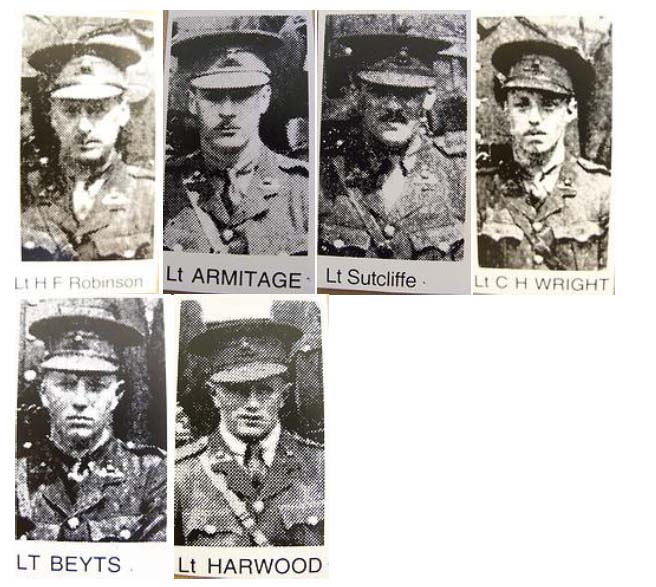 |
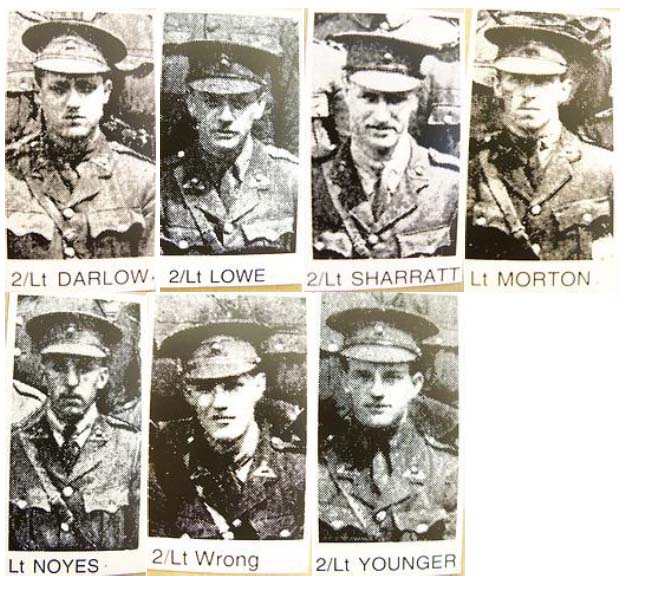 |
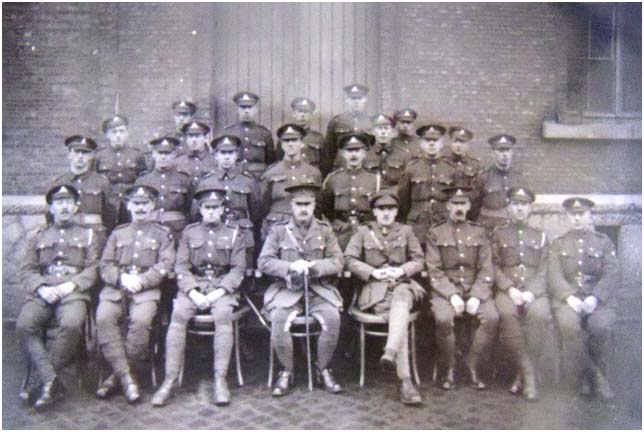 |
10671
Sgt William Mountain, Sent
in by grandaughter Tracey Binks http://www.cwgc.org/search/casualty_details.aspx?casualty=526855 The
Mountain family had their roots in Flockton in Yorkshire. |
War Diaries of POWs
|
| The
Somme Authuille Village 1916 On the wall of the rebuilt church in this small village is a bronze plaque that reads "To the eternal memory of three battalions of the 'Salford Pals', the 15th, 16th and 19th Lancashire Fusiliers of 32nd Division, who held the trenches in Authuille from early 1916 and who valiantly attacked the redoubts of Thiepval on 1st July 1916". The plaque was erected by the Lancashire & Cheshire Branch of the Western Front Association. |

These
photos and more have been sent in by
Christine Kelly (nee Hall) granddaughter
of Fus Hall for the full story
and more click on photo A1
|
|
A
|
B
|
C
|
|
1
|
|
||
|
2
|
|||
|
3
|
| |
A |
B |
C |
D |
| 1 | ||||
| 2 |
|
35736 Pte.
HAROLD V. ATKINSON MM
KIA 25/12/17
Issue number: 30573 Page:322. Description: His Majesty the King has been
graciously pleased to approve of the award of the Military Medal for
bravery in the Field to the undermentioned Non-commissioned Officers
and Men:- 35736, Pte. H.V. Atkinson, Lanc. Fus. (Burnley). |
| Sent in by Ian Lewis |
 In the Australian cemetery @ Villers-Brettoneux. |
|
Died on 12/06/1917 Private Harold Schofield 15th Lancashire Fusiliers Private Harold Schofield, aged 20, of the Lancashire Fusiliers, and who resided at Lancaster Avenue, Middleton Junction, died from wounds on June 12th, 1918. He joined the colours before
he was 18 years of age, and had already been wounded twice. Private Schofield is laid to rest at Bac-du-Sud British Cemetery, Bailleulval, France. |
|
Died on 29/03/1918
Private Alfred Shepley 15th Lancashire Fusiliers Private Alfred Shepley aged 33, of the Lancashire
Fusiliers, died on March 29th, 1918, from wounds received in action.
This soldier who resided at Gladstone Street, Middleton, was a dyer
at Gorton and Hallidays, when he enlisted in August 1915. Private Shepley is buried at Wimereaux Communal Cemetery, France. |
|
Died on 30/09/18
Private William Wood of the
15th Lancashire Fusiliers, was killed in action on September 30th, 1918.
He resided at 3, Brown Street, Middleton and joined up in June 1916,
at which time he was employed by Messrs. Chadwick and Smith. After only
12 weeks training he went to France, and had never been on home on leave.
He saw a great deal of heavy fighting in various parts of the line,
and was once wounded prior to being called upon to make the great Sacrifice.
He he was connected with the Parish Church and Boarshaw Sunday School
and was a member of the Parish Church Institute and of the C.E.M.S This lovely, little battlefield
cemetery is near where he fell. |